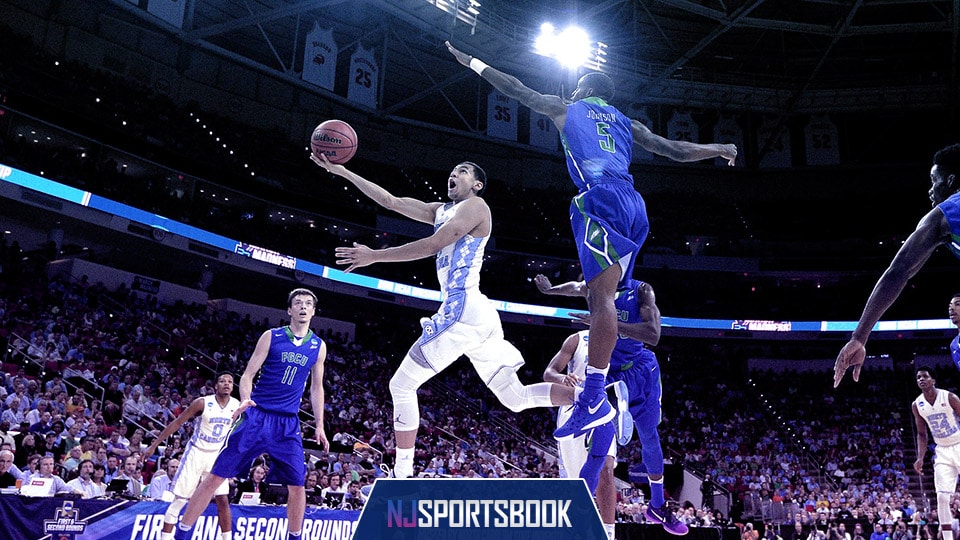
It is still unknown whether or not fall sports will be able to proceed for the NCAA. But the NCAA did release some new guidelines for schools to follow to safely play through the pandemic.
The guidelines were pretty extensive and included the preseason, regular season, and postseason for all athletic activities.
Moving in The Wrong Direction
Much of the fear behind COVID-19 now is the second wave. After numbers went on the decline, businesses started to re-open and student-athletes were allowed to return to campuses for individual workouts. Now, once again, there is a spike in positive cases.
The President of the NCAA, Mark Emmert, admitted things need to change for fall sports to happen.
“When we made the extremely difficult decision to cancel last spring’s championships, it was because there was simply no way to conduct them safely,” Emmert said in a statement. “This document lays out the advice of health care professionals as to how to resume college sports if we can achieve an environment where COVID-19 rates are manageable.
“Today, sadly, the data point in the wrong direction. If there is to be college sports in the fall, we need to get a much better handle on the pandemic.”
These guidelines were made by the NCAA COVID-19 Advisory Panel, American Medical Society for Sports Medicine (AMSSM) COVID-19 Working Group, Autonomy-5 Medical Advisory Group, National Medical Association, and NCAA Committee on Competitive Safeguards and Medical Aspects of Sports Prevention and Performance Subcommittee.
There’s no doubt that the NCAA has all of the best resources to make it happen. However, it won’t be any good if the country can’t find a way to eradicate the virus.
“Any recommendation on a pathway toward a safe return to sport will depend on the national trajectory of COVID-19 spread,” said Brian Hainline, NCAA chief medical officer. “The idea of sport resocialization is predicated on a scenario of reduced or flattened infection rates.”
When It Is No Longer Safe
In addition to the guidelines to follow to help sports continue, the NCAA also laid out the circumstances in which it is no longer safe to continue.
Those include:
- A lack of ability to isolate new positive cases or quarantine high-contact risk cases on campus
- Inability to perform symptomatic, surveillance and pre-competition testing when warranted
- Campus-wide or local community test rates that are considered unsafe by local public health officials
- Inability to perform adequate contact tracing
- Local public health officials stating that there is an inability for the hospital infrastructure to accommodate a surge in hospitalizations related to COVID-19.
It seems like many of the large universities will be able to gather the resources to accommodate many of their athletes. The struggle may lay within the schools on a smaller budget, that won’t be able to keep up with the guidelines quite as well.
There is still hope that college sports will happen this fall, but there needs to be some positive news regarding the spread of the coronavirus here soon.

